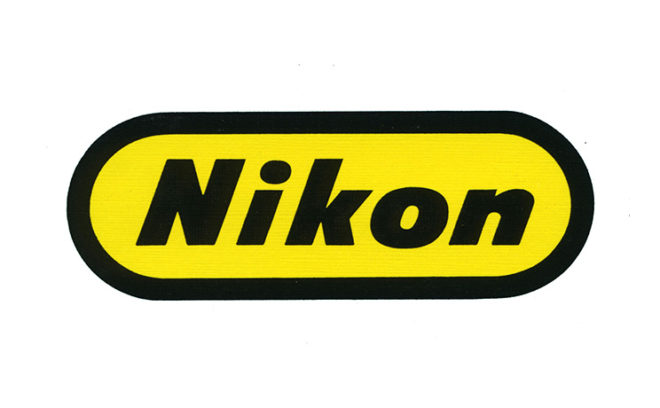
A brief history of Nikon cameras and how their new flagship D6 Professional DSLR has fallen way short!
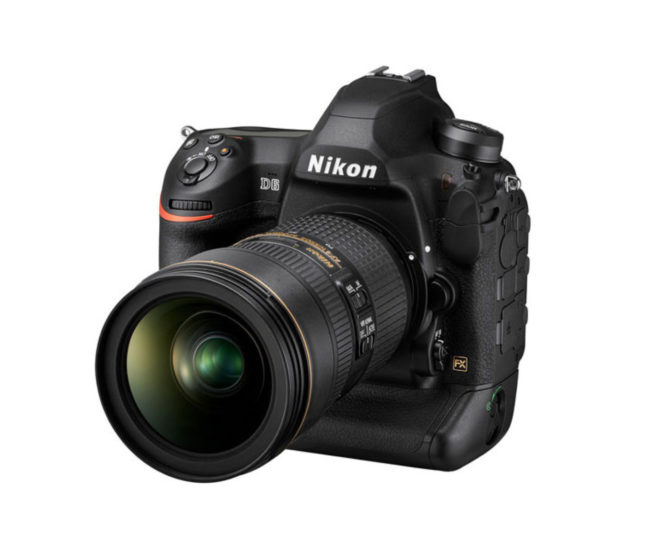
For those of you who didn’t know, I used to work for Nikon cameras. From 1995-1999 I was Nikon UK’s Senior Photographic Advisor. Basically my job was to be the guy in the building who knew what a camera was for! The job was the best for a while and I got to work with and meet many talented people. I also got to use and borrow the kit which helped me establish my career in photography. It has been 20 years since I left and many of the staff (past and present) are still good friends to this day. Although I no longer work for the company I do however still use their products. I had a unique and privileged insider view of how the business worked and my lasting memory was one of honour and total respect to the photographer. Not a great surprise to learn a Japanese company operating with such grace but impressive when you factor how big the corporation was internationally.

Back then it was run by the brilliant Harry Collins who had founded the UK branch of Nikon from his roots at the Rank Organisation in the late 60’s. Harry had a passion for cameras and understood photography, which the professional photographers and staff respected. Uniquely the company was co-managed by Harry and a designated director from Nikon Tokyo who oversaw things were done the ‘Nikon way’. When I was there it was all about the heritage of their legendary ‘F’ range of SLR 35mm film cameras. The Nikon F launched in 1959 had become the work horse camera for the world’s photo press. Every decade or so a new flagship ‘F’ camera would be launched. 1972 the Nikon F2, 1980 the F3 and 1988 the F4. Each new camera had an astonishing amount of research and development put into them – taking recommendations directly from the working professional photographers – resulting in a formidable camera, each one better than the next. I often likened the Fleet Street press pack of photographers to racing car drivers. They were the ones on the track, taking chances and using the product to its limits. Their input and recommendations were invaluable and we often fed back ideas and complaints back to Tokyo. After all it isn’t the mechanic in the garage that knows what works best on a racing car. The USP to these cameras was the F-mount which enabled every lens since 1959 to be used on each and every camera (which is still true to this day) . Canon scrapped their original lens mount and alienated a large sector of their followers when they changed the mount -giving Nikon the market share of working pro’s.
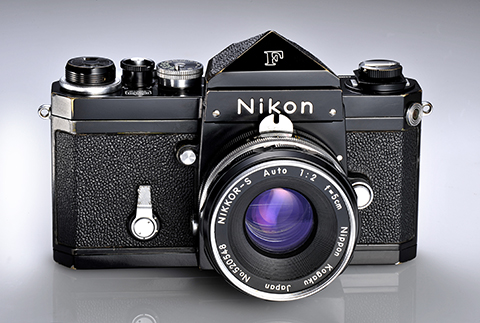
When I started working at Nikon I was asked every day ‘when is the F5 coming out?’. I had no idea, but we did have a Japanese liaison officer called Masa Toro who knew. ‘Yes’ was his standard reply for anything I ever asked him. Even if the answer should have been ‘No’ it was always ‘Yes’. The word ‘No’ and it’s negative connotations isn’t one used often in the Japanese vocabulary! Masa Toro knew when the camera was coming and he often hinted to me we needed a camera with a faster motor drive, brighter viewfinder and we need an intelligent exposure metering system, but would never let me know when. ‘When it is ready. Yes?’ was always his final word on the matter. The legacy of the ‘F’ series cameras was everything to the company back then. The business logic was whatever camera the professionals used would be followed by the masses, buying the point and shoot compact cameras and entry level SLR cameras favoured by enthusiasts. This business model worked well and many of the big sporting events were sponsored by Nikon to ensure every professional was holding a black Nikon lens on international TV.
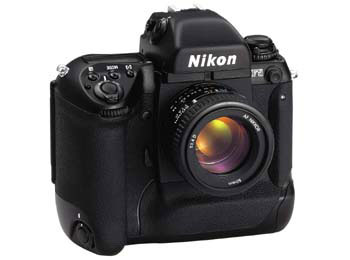
One of my best days at work was when Masa Toro calmly walked into my office with a huge un-marked camera and announced ‘Yes, the F5!’. I nervously picked it up and held the camera to my eye. I will never forget the feeling as I depressed the shutter release and the camera fired continuously at 8 frames per second like a train passing through a station. The autofocus was like no other I had ever used with 5 points of focus controllable with a thumb dial on the back. It was fast and accurate, even in low light. The camera was cast from a solid aluminium alloy and felt so good to hold. It was a beast and like no other before it! Several months later the camera was launched and went on to be a game changer in the photographic industry. A camera made from 40 years of evolution!
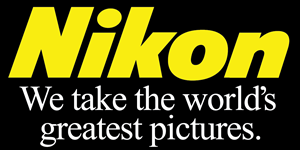
This was the last major film camera launched before the digital revolution began. It was in my final year at Nikon I was lucky enough to be involved with the launch of the Nikon D1 which was virtually identical to a Nikon F5 allowing a seamless transition from film to digital. Nikon went on to launch one more F-series camera the F6, but by then the world had moved on and film was over. The D1 was such a phenomenal success that Nikon had back orders for over 2 years and was the leading manufacturer in photography! I left Nikon in 1999 and ironically continued shooting with film cameras for a further 6 years before fully switching to digital in 2006.

Due to sensor technology evolving so quickly the periods between a major ‘D’ series launch were much shorter than that of the film cameras, but each flagship was a big deal and always a major step forward in innovation. The D2H was launched in 2003 with double the resolution of its predecessor, 4 frames per second and a much improved TTL flash metering system. 2 years later the D2H ‘S’ was introduced with an improved internal processor giving a staggering (for the time) 8 frames per second image write speed. Other variants of the D2 were introduced in a cat and mouse game of catch-up with Canon to be the leader in market share. It wasn’t until 2007 that the phenomenal D3 was unveiled which (for me) changed photography forever. The D3 was equipped with a 12mp sensor which would at last allow large format printing and had a sensor that was finally better than film. The low light capabilities of this camera were second to known and once again Nikon was the market leader. By now there was a tradition to introduce an ‘S’ update to each ‘D’ series camera when the technology was available. The D3s was introduced in 2009 and had a better sensor in low light, slightly higher resolution and much faster internal processor.
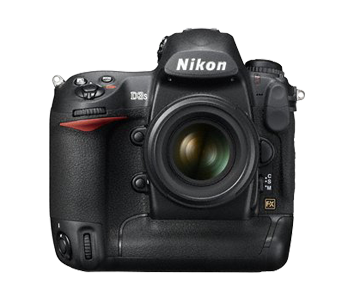
The Nikon D4 followed in 2012 in time for the London Olympics and was billed as the best sports camera ever manufactured – 9FPS and 16mp. As is the tradition, two years later came the D4s with an improved sensor and faster processing. By now I think the professional consumer had cottoned on to Nikon’s camera game and it would appear that from a common sense perspective the singular ‘D’ series camera should be avoided at all costs and wait for the improved ‘s’ version to appear. Especially as each new camera was getting more and more expensive. The Nikon D4s was £5199 body only! When the D5 was launched in 2016 I decided to hang on to my D4s cameras and wait for the D5s. By 2018 I eagerly awaited the announcement that never came. I was faced with a dilemma, wait for the D5s or invest in a D5 with 2 year old technology. Although the D4s 16mp is a good size sensor in print publishing, it doesn’t allow a lot of cropping space for a full double page spread so the D5 with 20mp was essential to my work. I got some inside information from my friends at Nikon UK who confirmed there was definitely no D5s coming. I reluctantly purchased one D5 and then a second shortly after. It is a fabulous camera which shoots incredible RAW files in low light and has a 20mp sensor giving plenty of room for cropping. Current sensor technology above 20mp produces poor low light results above 3200 ISO so this sensor is perfect for all my needs. I love my D5!
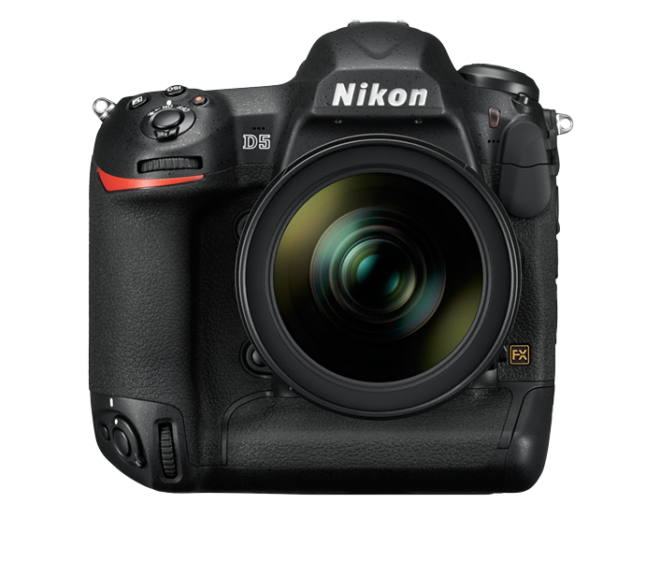
But…

It’s February 12th 2020 and this morning Nikon announced the new Nikon D6 in time for the Tokyo Olympics. Yes I know I said I am very happy with my D5 cameras but come on it’s a new flag ship camera! I gotta have it!
As I poured a large cup of coffee, put my phone on silent and got comfortable, I started to imagine how good this camera was going to be. Each new flagship camera has always been the latest in innovation and design. There have been rumours of in-camera stabilisation, 20 frames per second and a whole host of new tech that is in the new mirrorless systems. I am genuinely excited! As I open the press release the picture of the D6 looks very familiar to the D5. Slightly bigger view finder top plate. Maybe it has a hybrid optical/mirrorless viewfinder?
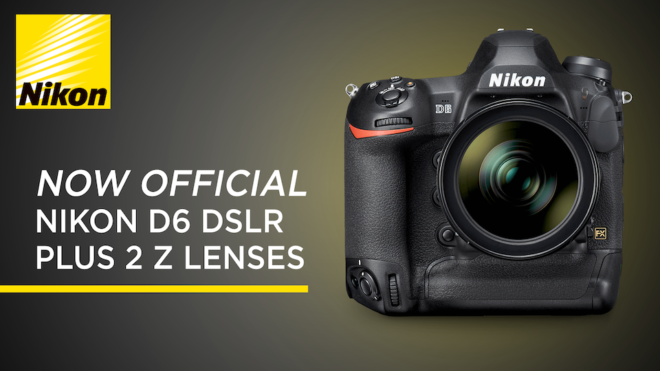
1.The most powerful AF system in Nikon history with 105 densely packed cross-type focus points. OK. I thought the D5 had 155 sensors! Apparently the sensors are grouped differently. Have they moved the sensors to cover the entire frame like the mirrorless cameras? Nope! They are still just in the centre. D5 has incredibly fast Autofocus and is accurate down to -4 EV so strange to have AF speed at the top of the list. This is very underwhelming so far. I read on.
2. Equipped with a variety of functions that make for a more efficient post-shooting workflow. Post shooting? What about all the cool stuff that helps with the shooting? Apparently you can put Wi-Fi in a solid aluminium body after all! Nikon repeatedly declared it was not possible with the D5 forcing me to purchase a £700 WT-5 add-on. I am seriously underwhelmed.
3.Superior image quality and reliability that allow users to concentrate on shooting. Hang-on this has to be an early April fools joke or am I missing something? It has an identical image sensor to the D5. What is it superior to then?
I scroll to the end of page one and am sure that page 2 is where all the cool stuff will be. There is no page 2! That is it? No faster shooting rate, no in-camera image stabilisation, no eye focusing, no improved sensor, no off the wall crazy innovation that I hadn’t even thought of yet! How is this a flag ship camera? This is barely a D5s let alone a D6. All this for just £6299! This has to be the most dishonourable thing I have ever witnessed from Nikon. Why would I buy this camera? I don’t need to because I already have it, it is called the D5! Thinking back to Nikon’s legacy of flagship ‘F’ and ‘D’ series cameras you can’t blame me for feeling totally under-whelmed and disappointed by today’s announcement. Most of these ‘improvements’ could and should be available as a firmware update. If they had called it a D5s it probably would make some sense, but to call this a D6 and charge over £6000 for 2016 technology is just an insult to all the professional photographers who have stayed loyal to the brand over the years. They had to produce something professional for the Tokyo Olympics and this is it?

I think Nikon’s brilliant research and development team are working flat out on producing a mirrorless system to rival Sony and Canon. It is all about market share and Nikon are losing the race so everything is being put into this one area. This personally is a bitter pill to swallow because I just don’t like using an electronic viewfinder. I can see shape, colour, depth of field and composition easier with an optical viewfinder and I find the EVF’s give a false preview of the final image. Also the lenses are diabolical in design.
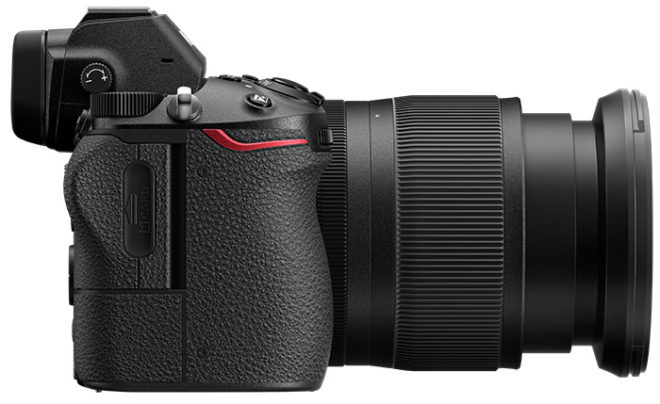
That said, it looks like the mirrorless cameras are here to stay, so lets hope Nikon have a final trick up their sleeve and produce something truly fantastic soon. I don’t care what it is called just remember your Legacy and heritage of brilliant cameras and try and find the ‘Nikon way’ again!


Pingback: A Brief History of Nikon… and Why the New Flagship D6 DSLR Falls Short – SmashTech365.com
Pingback: A Brief History of Nikon… and Why the New Flagship D6 DSLR Falls Short – Photography News World
Pingback: A Brief History of Nikon… and Why the New Flagship D6 DSLR Falls Short – PetaPixel – ZITUB.COM
Pingback: A Brief History of Nikon... and Why the New Flagship D6 DSLR Falls Short - Enewsgate
Pingback: A Brief History of Nikon… and Why the New Flagship D6 DSLR Falls Short – Technology Notes
Pingback: A Brief History of Nikon… and Why the New Flagship D6 DSLR Falls Short – My Home Tech Reviews
Pingback: A Brief History of Nikon… and Why the New Flagship D6 DSLR Falls Short – 19j.space
Pingback: A Brief History of Nikon... and Why the New Flagship D6 DSLR Falls Short - Technorites
Pingback: A Brief History of Nikon… and Why the New Flagship D6 DSLR Falls Short - Buttercup Prod
Pingback: A Brief History of Nikon… and Why the New Flagship D6 DSLR Falls Short | The Shutter Club
Pingback: Una breve historia de Nikon ... y por qué la nueva D6 se queda corta ⋆